By 2030, Tran De wharf area is planned to develop 2 ports, meeting the need for cargo throughput from 1 - 1.1 million tons.
Divide investment roadmap
In a recent document sent to the Ministry of Transport proposing capital needs for strategic investment projects aiming to turn our country into a developed, high-income country by 2045, the People's Committee of Soc Trang province has planned the scale of investment in Tran De offshore port.
The port area is expected to be 411.25ha (about 81.60ha in the start-up phase). During the start-up phase, 2 800m-long wharves will be invested for general cargo ships, containers with a capacity of up to 100,000 DWT and 2 buoy wharves for bulk cargo (coal) transfer for ships with a capacity of up to 160,000 DWT.
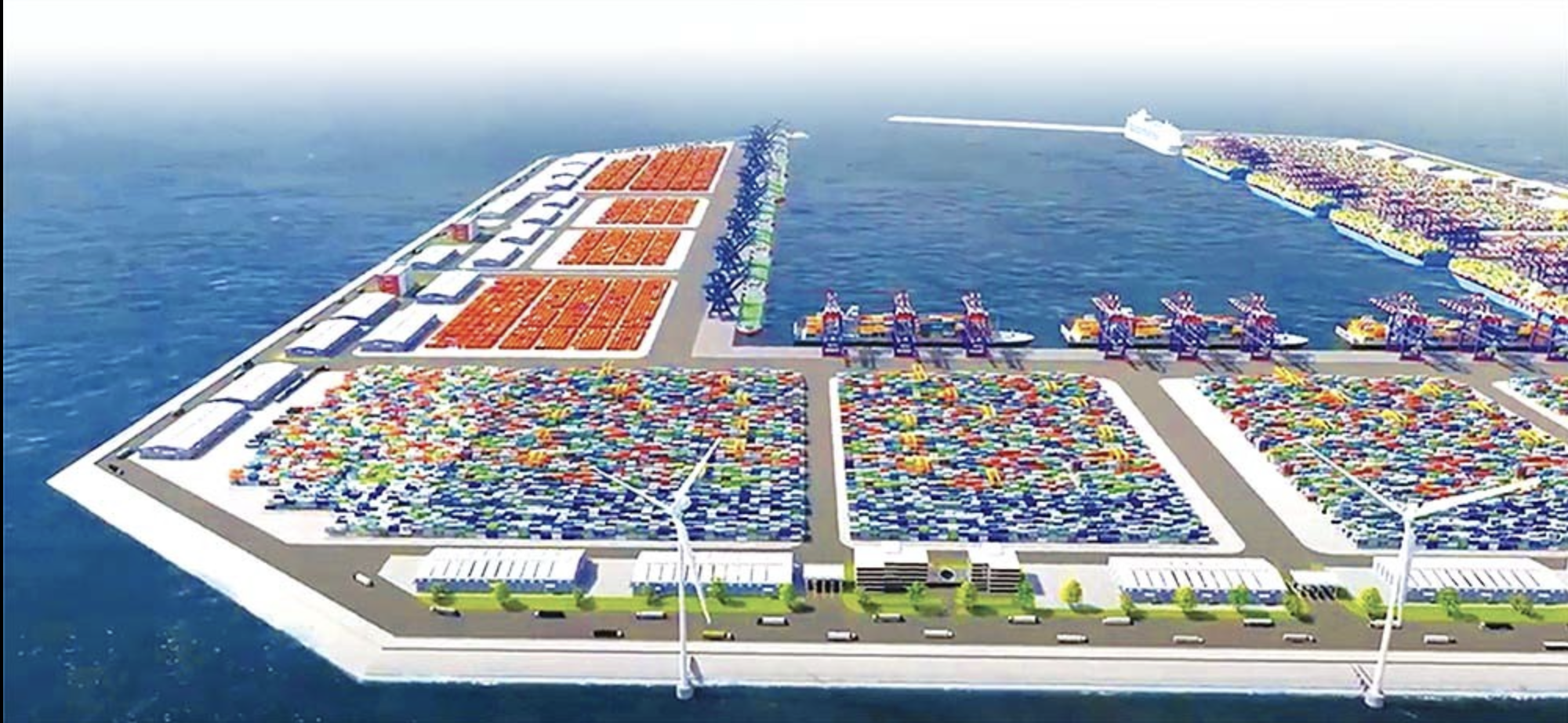
Tran De Port is planned to take on the role of gateway port in the Mekong Delta region.
In addition, the port has a 9,800m long embankment and breakwater system (4,000m long in the initial phase), a 17.8km long, 28m wide sea-crossing bridge, 6 lanes (2 lanes 9m wide in the initial phase are arranged; the approach bridge connecting the sea-crossing bridge with the port in the initial phase is 1.85km long, 28m wide (9m wide in the initial phase). The road behind the port connects National Highway 91B to the sea-crossing bridge, 6.3km long.
The port logistics service area of Tran De port is expected to be about 4,000 hectares in size, including: leveling the ground, building internal roads, water supply and drainage systems, power generation... (start-up phase area of 1,000 hectares).
With that scale, the preliminary total investment of Tran De port project is estimated at about 162,730 billion VND. The starting phase has a total investment of 44,695 billion VND, including 19,403 billion VND of public investment capital and 25,292 billion VND of private investment capital.
Soc Trang province proposed the Ministry of Transport to consider and approve the Government's priority investment in the 2025-2030 period for the following items: construction of a road behind the port connecting to Tran De offshore port; construction of a sea-crossing bridge; breakwater, shipping channel and turning basin with a total capital of VND19,403 billion.
According to the People's Committee of Soc Trang province, the Mekong Delta region needs a hub port to serve the direct import and export of goods for the region, helping to reduce transportation costs and the volume of goods transferred to the Southeast seaport (estimated to reduce transportation costs by about 30-50% depending on the region).
The construction of the port also has important implications for social security, national defense and security, promoting the efficiency of the invested transport infrastructure, promoting the development of other sectors and industries, promoting the formation of industrial parks and economic zones in the region, contributing to attracting the local labor force.
By 2030, Tran De wharf area will develop 2 ports.
In the Detailed Planning of seaports, ports, wharves, buoys, water areas, and water regions for the 2021-2030 period, with a vision to 2050, recently approved by the Prime Minister, the Tran De wharf area is clearly planned in terms of scale and development needs.
Accordingly, Tran De port belongs to Soc Trang seaport (Seaport Group No. 5). By 2030, Tran De port area includes ports in Hau river downstream of Dai Ngai bridge, with the scale of developing 2 ports (including 4 wharves), meeting the demand for goods from 1 - 1.1 million tons, passengers from 522.1 - 566.3 thousand passengers.
Tran De offshore port has a development scale of 2 - 4 wharves, meeting the demand for cargo throughput from 24.6 - 32.5 million tons.
By 2050, Tran De offshore port is expected to develop about 14 wharves to meet the growing demand for goods.
To implement the planning, the public maritime infrastructure development planning will invest in Tran De channel (in the river) for ships with a capacity of up to 2,000 tons, along with public infrastructure for Tran De offshore port (channel, breakwater, sea-crossing bridge) and the route behind Tran De port.
According to the Master Plan for the development of Vietnam's seaport system for the period 2021 - 2030, with a vision to 2050 approved by the Prime Minister, Tran De port is planned offshore to assume the role of a gateway port in the Mekong Delta region, serving local industrial parks and industrial clusters and transporting goods and passengers from shore to island.
Tran De Port will have general, container, bulk and passenger terminals, developed in a socialized direction in accordance with the needs of socio-economic development and the capacity of investors.
The port is planned to receive ships with a capacity of up to 5,000 DWT for river ports; general cargo ships, containers with a capacity of up to 100,000 DWT or larger when qualified, and bulk cargo ships with a capacity of up to 160,000 DWT offshore Tran De estuary.
Source: https://www.baogiaothong.vn/can-hon-162000-ti-dong-xay-dung-cang-tran-de-19225020915011154.htm







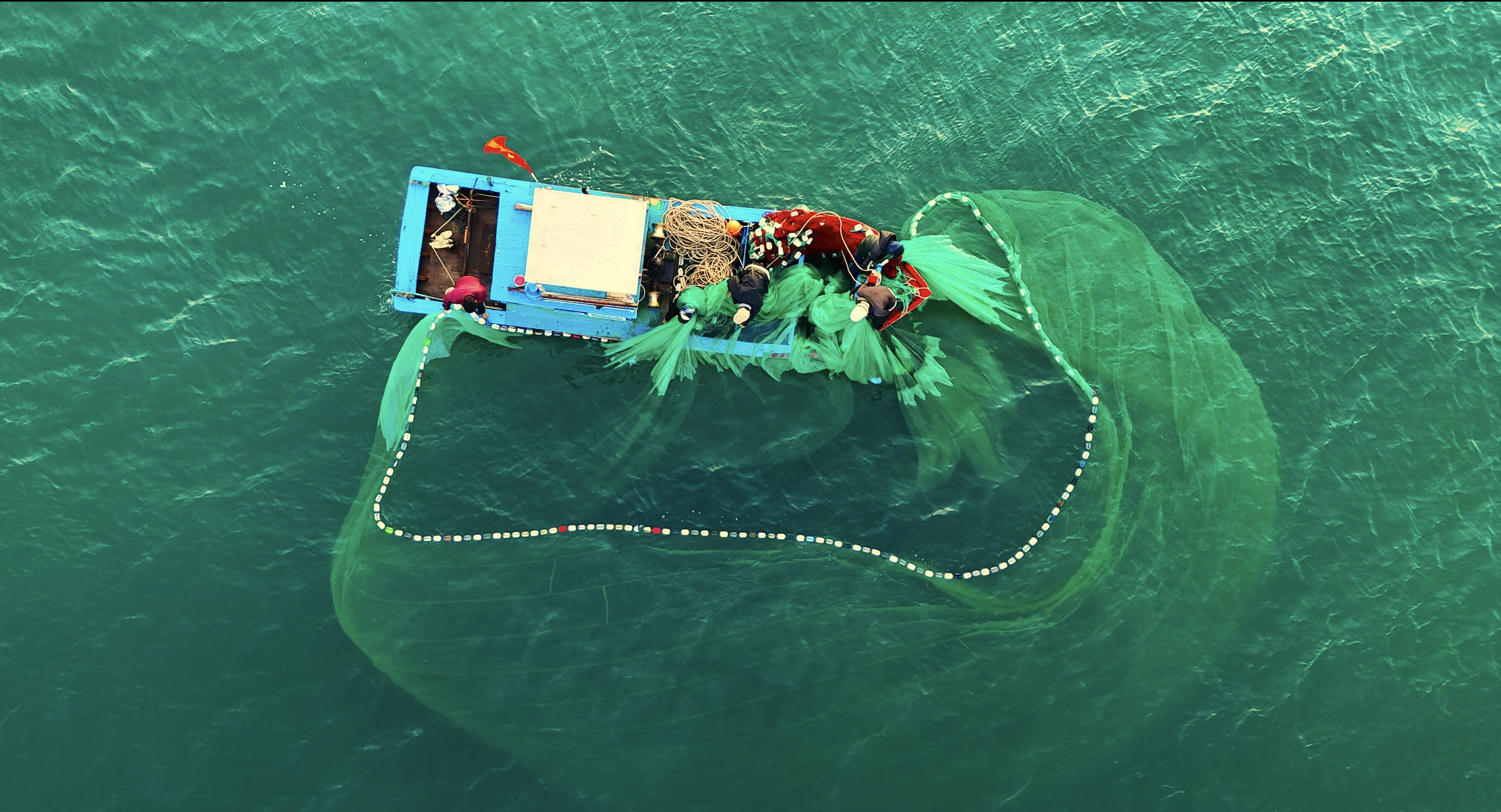






















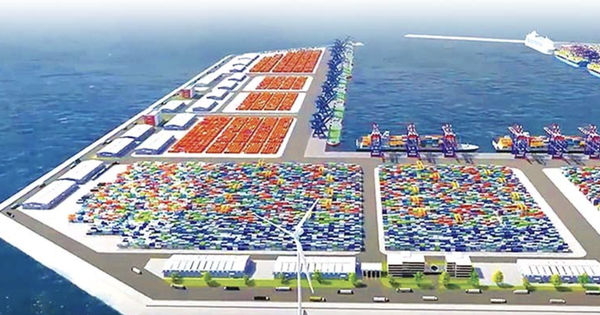
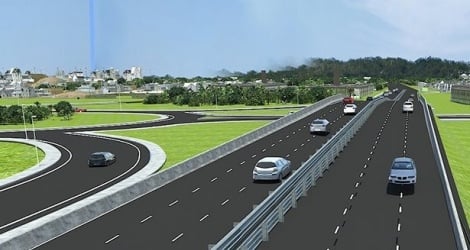








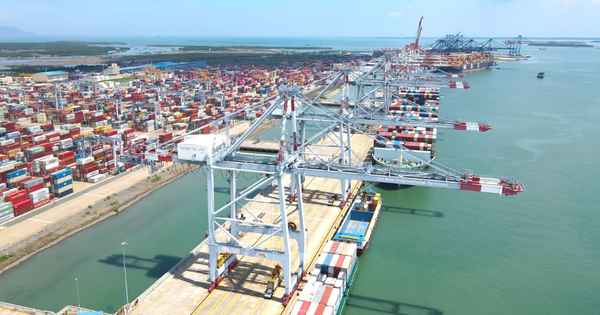

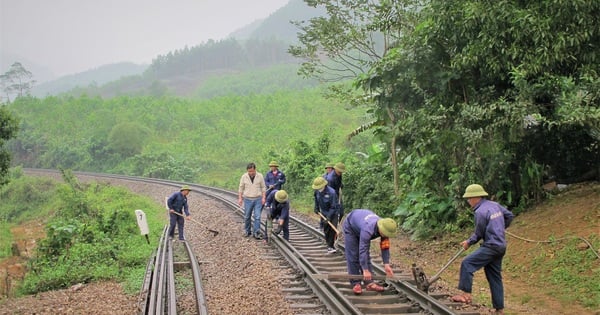

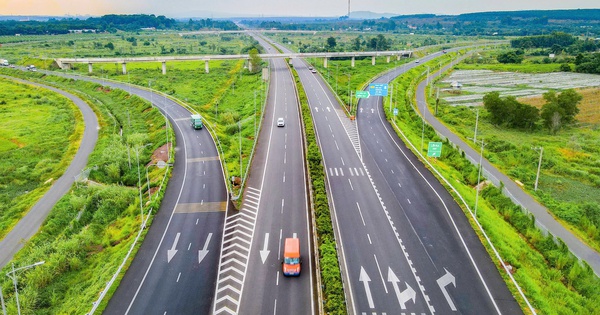
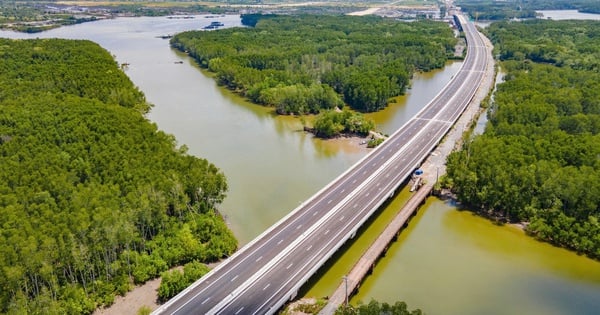















Comment (0)